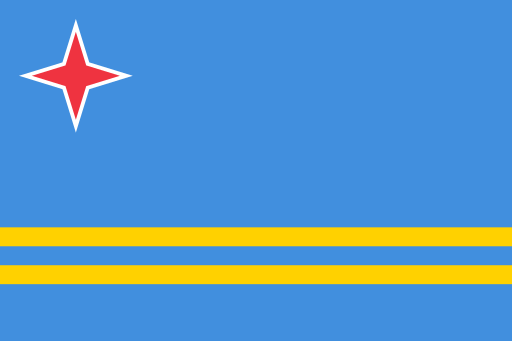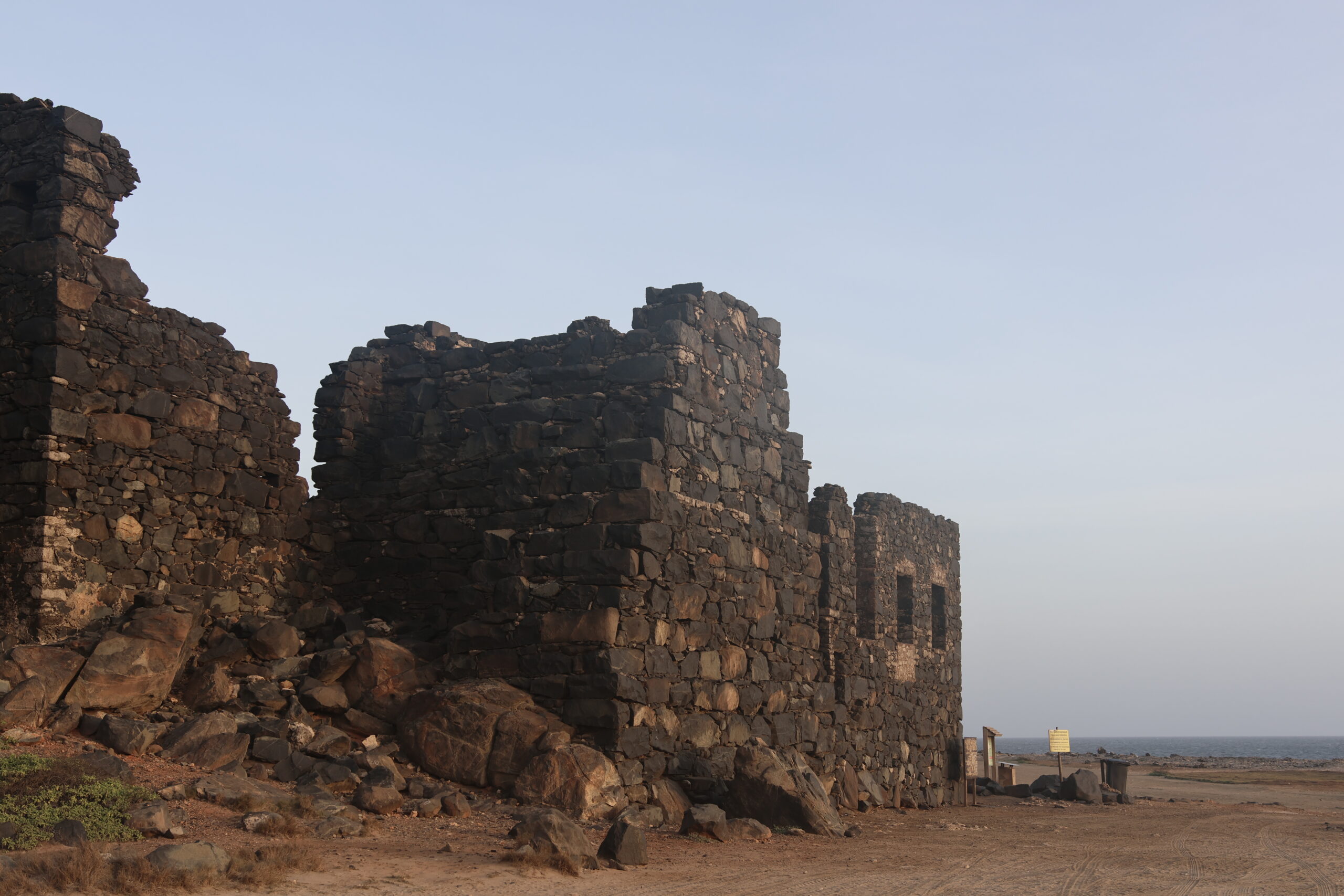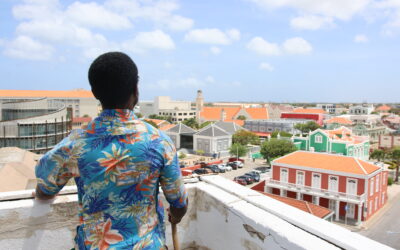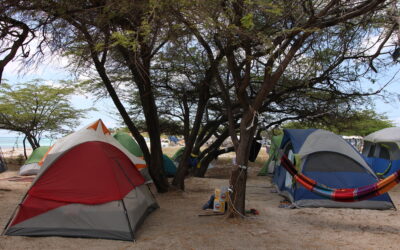Today we are going to talk about the Arubian Flag. The 18th of March marks the official commemoration and celebration of the National flag and Anthem of Aruba. The Arubian flag has been the official flag of Aruba since the 18th of March 1976. The description of the flag is as follows.
Although Aruba is part of the Dutch kingdom, the red star outlined with white in the top corner has nothing to do with Heineken, besides it’s not even a star, it’s a compass rose. That compass rose represents all the people that migrated from all corners of the globe throughout the history and prehistory of the island’s existence.

Starting with the unknown, unnamed indigenous community that came here from the mainland South America around 2500 BCE, to the Caquetios who arrived and lived here from 1000 AD, to the Spanish who “discovered” Aruba in 1499 AD, to the Dutch who took over these territories from the Spanish in 1636, to the Africans who were dragged here in between all of that, to the people who immigrated here during the many industrial booms – Phosphate, Gold, and Oil industry from Asia, the Caribbean, the Middle East, Latin America… and of course, all those who immigrated here to work in the tourist sector – the one and only source of income and industry of the island.
The compass rose represents our diversity and multicultural society and heritage. Everyone is represented in that compass rose. The color red in the compass rose tends to represent blood, the blood that was spilled for the growth and development of the island, and also charisma and cordiality which is displayed in the everyday goings-on of the Arubian lifestyle.
Red might also harken back to the Brazilwood industry that was very popular during the colonial era. But to me it means the sacrifices one is willing to make, that makes a difference and that contributes to the growth and development of the island and its people, call me naive or tipsy (hahhhaha)
The white outline around the red compass rose means peace and harmony that reigns between the 112 different nationalities and cultures represented in the 108,000 inhabitants of this pearl in the Caribbean Sea. Well… except during election time… hehehe.
White outline also signifies the white sandy beaches that cover our coastlines.


We are surrounded by blue… yes, you guessed it, it’s the sea… the ocean… a body that brought… gave… and took… a lot. The sea and sky wouldn’t be blue without the sun which is represented with the first yellow stripe. The second yellow stripe has many symbolic meanings: it may be the fruit of the aloe plant.
Aloe was a prime source of income for a short while between the 19th and early 20th century. The Aloe plant is even represented in our coat of arms, don’t worry we will talk about the coat of arms in a future episode of Sly n Snide Tour Guide. The yellow stripe may also mean the flower of the Kibrahacha tree which famously blooms around June. The word Kibrahacha translates to Hatchet breaking. Meaning the tree is so strong it breaks hatchets. I know you got the gist of it but hey I gotta break it down for the slow ones like myself. The tree represents the perseverance of the people. The yellow stripe also tends to represent the industries of times past – Oil, Phosphate, and Gold. Personally, I like the Kibrahacha interpretation the most, but hey, that’s just the Aruba Ariba talking.
When it comes to the design of the flag, one of the pervasive stories for its conception is that there was a school competition in 1975 and the final four designs were adapted into a more protocolary aesthetic and thus the flag was born.
So yes, you can trace the flag’s origins to school kids, who’d have thought?
I hope you enjoyed the tour and like I always say, once a guest, always a friend.










0 Comments